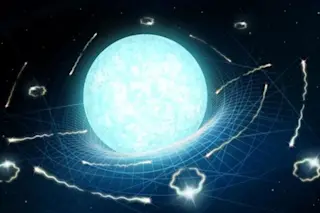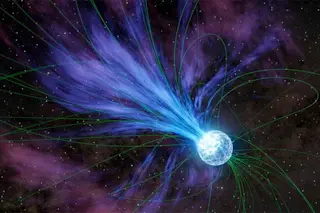A bit of sad news for prospective time travelers — your efforts to change the past are futile, according to mathematical modeling by a pair of researchers at the University of Queensland. The past is immutable, it seems. But that implies some good news, too, for even as these findings crush our hopes of changing history, they may also remove a barrier to journeying back in time.
The rationale goes like this: If our actions in the past won’t alter anything, they also won’t produce the paradoxes that have prompted some experts to rule out time travel altogether. For example, we can’t endanger our own existence, à la Marty McFly in Back to the Future, by preventing our parents from falling in love and conceiving us. In fact, we may not be able to alter anything at all. Therefore, no logical conundrum stands between us and our temporal excursions (though ...















